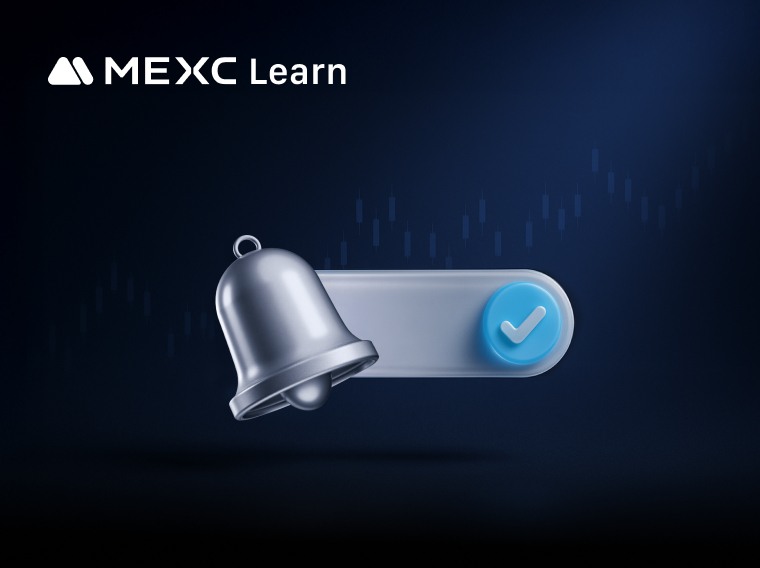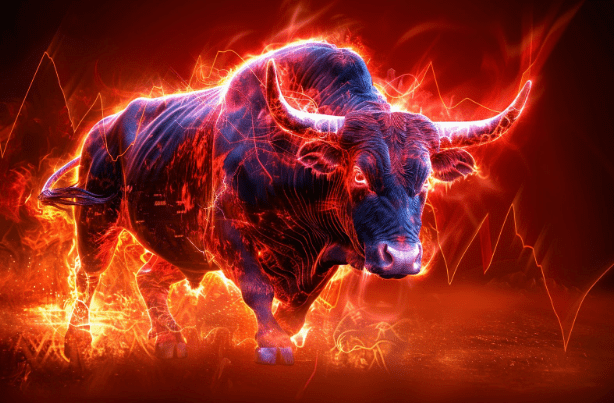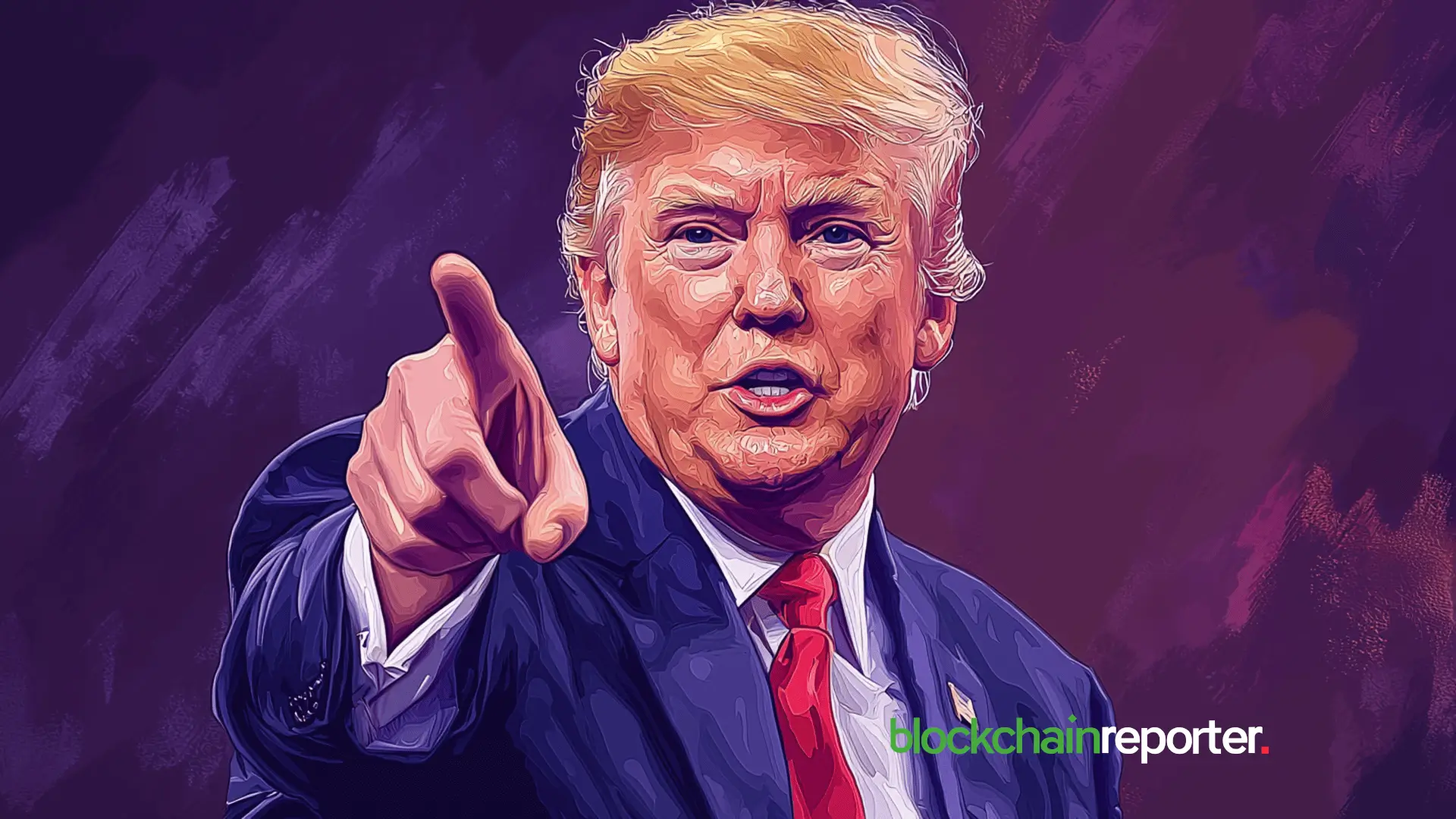Top 5 Crypto Exchange Tokens in 2025: BNB, OKB, BGB, MX, and GT — A Complete Comparison and Outlook
Key Takeaways
- The core value drivers of platform tokens are utility, supply dynamics, and eco-system growth.
- BNB has strong multi-chain usage and a well-established deflationary system.
- OKB became significantly more scarce after its total supply was fixed at 21M in 2025.
- BGB derives future value from the growth of the Morph blockchain ecosystem.
- MX, the token of MEXC, benefits from direct trading utility + governance + continuous burning mechanisms.
- GT focuses on blockchain-level infrastructure and chain security use cases.
What This Guide Covers
- What each token is and where its value comes from
- Current supply mechanisms and token utility
- Factors influencing long-term growth potential
- Clear comparison table of the five tokens
- Recommendations for beginners and advanced users
- FAQs for common investor questions
BNB (BNB Chain Ecosystem)
What is BNB?
- Gas fees across multiple chains
- Governance and staking
- DApp / DeFi / NFT ecosystem participation
- Trading fee discounts
Token Model
Key Risk Note
OKB (OKX Ecosystem)
What is OKB?
- Trading fee discounts
- Staking rewards
- Governance roles
- Gas and activity participation on X Layer
Supply Model
Growth Driver
BGB (Bitget / Morph Ecosystem)
What is BGB?
Value Drivers
- Utility inside the Bitget platform
- Gas + governance utility in the Morph chain
- Lock-and-burn programs designed to reduce circulating supply
Risk
MX (MEXC Ecosystem Token)
What is MX?
- Reducing trading fees on MEXC (spot & futures)
- Participating in governance and community proposals
- Being eligible for ecosystem and campaign rewards
- Benefitting from ongoing buyback and burn mechanisms
Why MX Has Structural Long-Term Value
Driver | Explanation |
Practical Utility | Frequent traders reduce real transaction costs using MX |
Supply Reduction | MX undergoes buyback and burn, reducing available supply |
Ecosystem Growth | As MEXC expands globally, MX demand increases proportionally |
Governance Power | Holders gain voting power in platform-level proposals |
Start Using MX on MEXC
- Spot Trading: Trade MX on Spot
- Futures Trading (for experienced users only): Trade Futures
- Education Resources: MEXC Learn
- Market Insights: MEXC Blog
GT (GateChain Ecosystem)
What is GT?
- Gas fees
- Chain-level security operations (e.g., recovery and anti-theft features)
- Network staking
Model Characteristics
- Quarterly burning schedule
- Value depends on blockchain activity and developer adoption
Comparison Table — Key Differences at a Glance
Token | Core Value Narrative | Supply Trend | Main Utility Strength | Long-Term Value Catalyst |
BNB | Multi-chain + deflation | Decreasing supply | High usage | Ecosystem adoption |
OKB | Scarcity + platform benefits | Fixed at 21M | Medium-high | X Layer growth |
BGB | Public chain expansion story | Lock & burn | Medium | Morph deployment |
MX | Direct value capture from MEXC growth | Buyback & burn + capped supply | High (trading fee discount) | MEXC user + volume expansion |
GT | Chain-level infrastructure | Quarterly burn | Medium | Developer activity |
How to Approach Exchange Token Allocation
If You’re a Beginner
If You’re a Long-Term Holder
- MEXC daily active users
- MX burn announcements
- Platform new product rollouts
If You're an Advanced User
Frequently Asked Questions (FAQ)
Final Conclusion
- Lowering trading fees
- Gaining access to platform benefits and community governance
- Participating in a token with transparent burning and growth-aligned demand
Disclaimer
Description:Crypto Pulse is powered by AI and public sources to bring you the hottest token trends instantly. For expert insights and in-depth analysis, visit MEXC Learn.
The articles shared on this page are sourced from public platforms and are provided for informational purposes only. They do not necessarily represent the views of MEXC. All rights remain with the original authors. If you believe any content infringes upon third-party rights, please contact service@support.mexc.com for prompt removal.
MEXC does not guarantee the accuracy, completeness, or timeliness of any content and is not responsible for any actions taken based on the information provided. The content does not constitute financial, legal, or other professional advice, nor should it be interpreted as a recommendation or endorsement by MEXC.
Learn More About TOP Network
View More
MEXC Price Alert Setup Guide: Stay on Top of Market Trends and Boost Trading Efficiency With MEXC Notifications

MEXC Crypto Exchange Liquidity Ranking 2025,Top 3 Global Futures & Spot Trading Volume

Dogecoin Marketcap Explained: What It Means and How It Shapes DOGE's Value
Latest Updates on TOP Network
View More
Top Crypto to Buy Now: EU Digital Euro Limits Highlight Need for Decentralization as DeepSnitch AI Prepares for Explosive Launch

Best Crypto Presale to Buy Now: Blazpay Leads 9 Top Market Coins Alongside Bitcoin, Avalanche And Solana

Best Crypto to Invest in: Trump to Bail Out Crypto Holders as DeepSnitch AI Becomes Top Investment Pick for 2026
HOT
Currently trending cryptocurrencies that are gaining significant market attention
Crypto Prices
The cryptocurrencies with the highest trading volume
Newly Added
Recently listed cryptocurrencies that are available for trading
